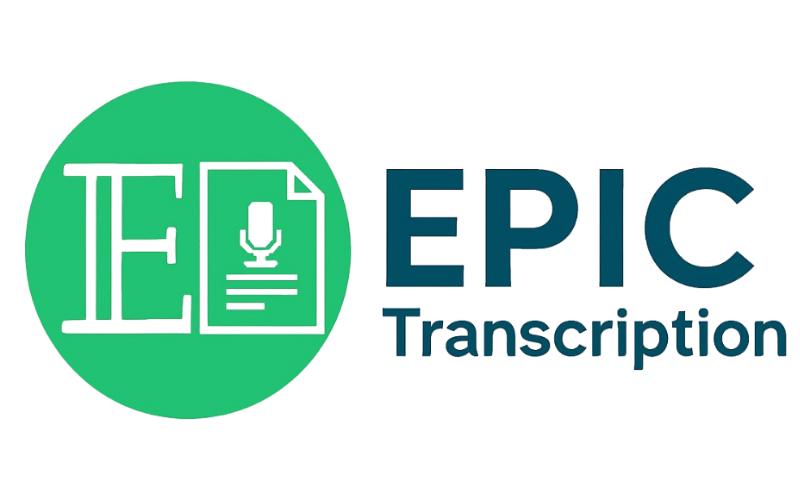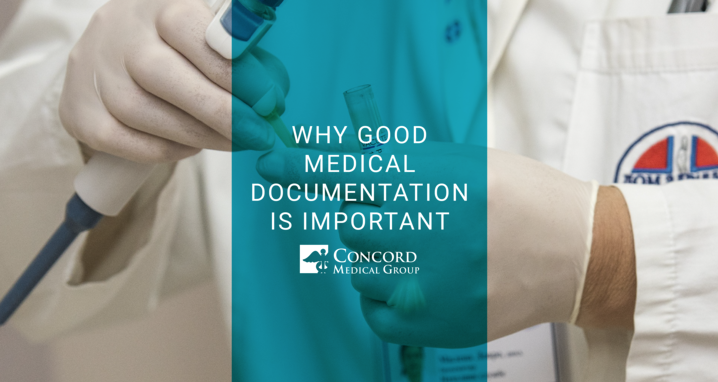Guidelines for medical transcription
The USA or Canada Medical Association has set down primary guidelines that serve as the gold standard for the basis of Medical documentation. The defines high-quality nursing documentation as inclusive of the following characteristics: “Accessible, accurate, relevant, consistent, auditable, clear, concise, complete, legible/readable, thoughtful, timely, contemporaneous, sequential, reflective of the nursing process, and retrievable on a permanent basis in a specific manner. Medical transcription documentation The ANA further states that all entries in the medical record must be legible/readable and that standardized terminology should be used to describe the planning, delivery, and evaluation of medical health care.
Essential Elements of Medical Documentation
- Evaluations
- Clinical problems
- Communication with other healthcare providers
- Communication with and education of the patient, family, the individual designated as the patient’s caregiver, and other third parties
- Medication records
- Order acknowledgment, implementation, and management
- Clinical parameters
- Responses and outcomes, including changes in health status
- Plans of care that take the patient’s social and cultural needs into account
Writing The Medical transcription Note
Subjective: The date and time, the patient’s name, the names of the doctor and nurse, general description of the patient, and reason for the visit is documented. The subjective section includes information gathered from the patient or family members/caregiver about the reason for the visit, the patient’s health, and symptoms the patient is experiencing such as pain. Objective: Objective information to include in the note includes vital signs – body temperature, pulse rate, respiration rate, and blood pressure, evident symptoms, and results of laboratory tests ordered by the physician. By supporting the subjective data, objective information helps the physician with diagnosis. Assessment: This section of the nursing note includes information about the patient’s condition based on the assessments done. It should list medications prescribed, the response to them, and any changes are noticed in the patient’s condition after admission. Interventions and Care Plan: This section records details about the care the patient received during the nurse’s shift. Information can be provided about the time’s medication was administered, requests made by the patient, and additional observations made about the patient’s condition. The care plan section of the nursing progress note should include any intervention planned for the benefit of the patient. 
Good tips for Medical Records and transcription
- Ensure clear, legible records
- Record all relevant observations in the patient’s nursing record, as well as on any charts throughout the day so that important details on the patient’s status are not left out.
- Sign each entry, giving your full name and aim to record the exact time of the patient visit,
- Include medications given, dosage, the time they were administered, and reactions of the patient to the medications
- Clearly state the diagnosis as well as any problems the patient is experiencing (like pain), and treatment administered
- Make notes of all allergies, including allergies to medications
- Document physician consultations, including time, remarks, patients response and actions prescribed
- Note all pertinent observations in the patient’s nursing record, as well as on any chart
- For hand-written notes, consider using only blue or black ink. If you make a mistake, cross it out using a single line and sign it.
Accuracy in nursing documentation is crucial since physicians, nurses, and other healthcare providers depend on the patient’s chart to provide care. Outsourcing nursing transcription to an experienced medical transcription company is a practical way to ensure accurately
Can I make a document that would make any medical interference illegal without my direct consent? An NDR of some sort also includes no life support.
In the US and Canada, if the patient is a competent and conscious adult, then ANY medical procedure can ONLY proceed with the patient’s informed consent. Informed consent means not Medical transcription documentation only that the patient agrees, but that they have been advised (to their satisfaction) of the procedure/treatment and the relevant risks/benefits/etc. of the planned care. 






Leave A Comment